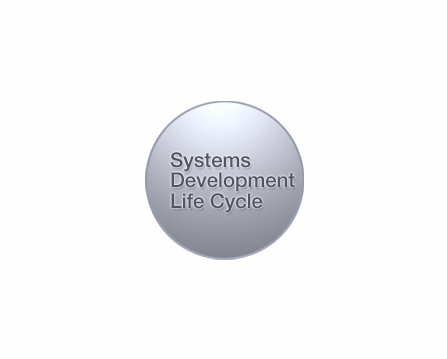

The Systems Development Life Cycle: Overview
The system development life cycle:
- Conduct a feasibility study of a new system
- Identify the requirements for the information system
- Generate alternative solutions and compare all solutions
- Design each portion of the system
- Create and test the components of the system
- Maintain the system until it is no longer in use
The process of creating an information system is referred to as the systems development life cycle (SDLC). The first step in the SDLC is the project planning phase. During this phase, a feasibility study is conducted to determine whether the new system is feasible. The next phase is the analysis phase. During this phase, the requirements of the information system are clearly defined. At this point, alternate solutions are researched, and all solutions are compared according to technical aspects, organizational aspects, and the economics of the project. Once a feasible solution has been selected, the design phase determines how the system will work. The implementation phase consists of creating all the components of the system, and testing the system to ensure that each component works as it should. When the system is finished and in place, the final step is to maintain the system until it is no longer in use.



